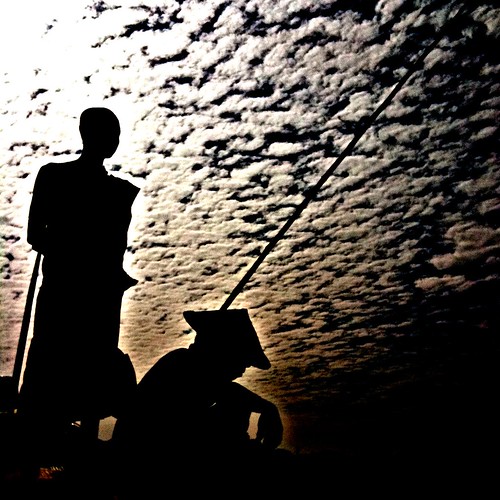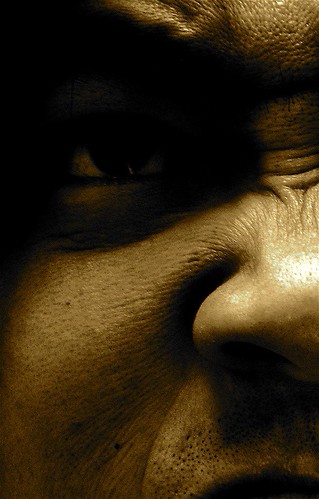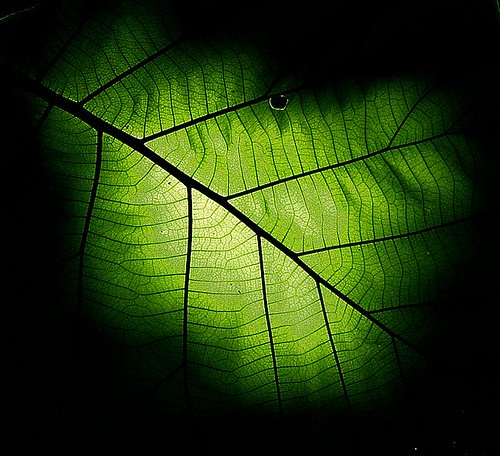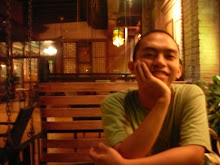 Wherever you are is the place where you can understand Love. Whatever you do is what you need to understand Love. It is about time to learn Love. You have been called. For years, you have disregarded the call. Now is the time. This moment is the most perfect moment to understand Love. You might ask “How can I understand Love?” or “How can I Love? I don’t deserve it. I just can’t Love.” These questions challenge you to pay attention to Love. You might have doubts to begin because you see and identify yourself with these words: sinful, impure, defiled, unworthy. You have doubts because you have done a lot of undesirable things in the past. You thought that you are ought to be punished than rewarded, let alone to be Loved. You think all these prove that you cannot understand Love.
Wherever you are is the place where you can understand Love. Whatever you do is what you need to understand Love. It is about time to learn Love. You have been called. For years, you have disregarded the call. Now is the time. This moment is the most perfect moment to understand Love. You might ask “How can I understand Love?” or “How can I Love? I don’t deserve it. I just can’t Love.” These questions challenge you to pay attention to Love. You might have doubts to begin because you see and identify yourself with these words: sinful, impure, defiled, unworthy. You have doubts because you have done a lot of undesirable things in the past. You thought that you are ought to be punished than rewarded, let alone to be Loved. You think all these prove that you cannot understand Love. Here’s the good news: all things you have done and felt guilty about are all PROOF that you are ready to understand Love. That is the truth. We will look into that truth. Don’t worry. You are ready. No matter how the world judges you, or no matter how you judge yourself, the only proof that you are ready is the face you see in the mirror. Yes, that proof is YOU. Nobody but you. Go on, take a look again in the mirror. See that face as it is. That face, your face, is the face of Love. You are made in the image and likeness of Love.
How do you see yourself? Have you ever always judgmental against that person you see in the mirror? Do you always feel guilty of all the things you have done in the past? Have you ever felt lacking of the things you need and want, and made you feel unworthy? Do you always want to prove yourself to others and please them as much as you could, so you can say that you are Loved? Take some time to answer these questions wholeheartedly. Allow your awareness to cut through those painful answers. Those answers are, truly, difficult to accept. Your have to begin to face them, to let yourself be conscious of these truths you often deny. All of these painful thoughts and feelings are darkness of your shadow you choose to see. This darkness will immediately disappear when you cast the light of your awareness.
"To understand Love is to be aware that you are Love."
The source of the light of Love doesn’t come from outside. It comes from inside. That Love is eternal and nourishing, like that of the sun. Wake up early in the morning, right before the sun rises in the east. Look at its gentle rays peeking from the clouds in the horizon. See that same sun rising in you, beaming with brightness. See that sun as the eternal symbol of the light of Love within you. Being aware of that light allows you to shine and be the guiding light for others who are seeking the same light within them.
To understand Love is to be aware that YOU ARE LOVE. Yes, you are Love. I know, you feel so undeserving, because you have done a lot of things that did not allow you to become Loving. You feel that no one has Loved you, that is why until now you are still searching for that Love. You have tried your best to find the right person and keep and own them, yet eventually they would leave you behind and alone. You have made your best on your career, and fattened your bank account so you can find great self-worth. You have tried to buy all new things: clothes, gadgets, or anything you can possess so you can command respect from people and earn their praises and trust. You have tried to give in to people’s demand, or maybe to be always in command, so you can wield more power over their wits. But after all the efforts, you wonder, why in the world you still feel empty? You have believed, as what others have told you that human beings can never be contented.
 Ask yourself, “Can we humans become contented? If yes, how can we become?” It has been bugging you that after what you have accumulated and achieved, there is still this void in the depth of your being; something that bothers you, an itch that you cannot scratch because you cannot find where exactly it is. That troublesome itch is the truth drawing your attention. The truth that cannot be touched nor held nor seen. But you can feel it deeply. That truth is the truth of you being Love. You are Love. You must begin to journey back to that awareness.
Ask yourself, “Can we humans become contented? If yes, how can we become?” It has been bugging you that after what you have accumulated and achieved, there is still this void in the depth of your being; something that bothers you, an itch that you cannot scratch because you cannot find where exactly it is. That troublesome itch is the truth drawing your attention. The truth that cannot be touched nor held nor seen. But you can feel it deeply. That truth is the truth of you being Love. You are Love. You must begin to journey back to that awareness.

















![Reblog this post [with Zemanta]](http://img.zemanta.com/reblog_e.png?x-id=c901ca3e-78d1-4c0d-ad45-7c2d3f6e3ed2)



![Reblog this post [with Zemanta]](http://img.zemanta.com/reblog_e.png?x-id=5ff3fb26-5dd7-4ddf-84fa-19367f45c178)
















